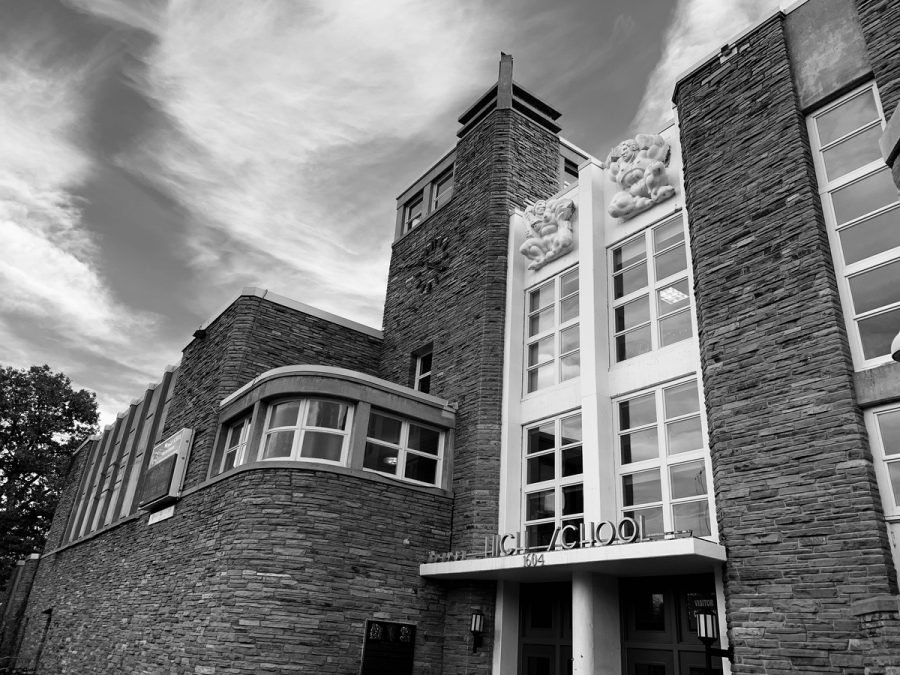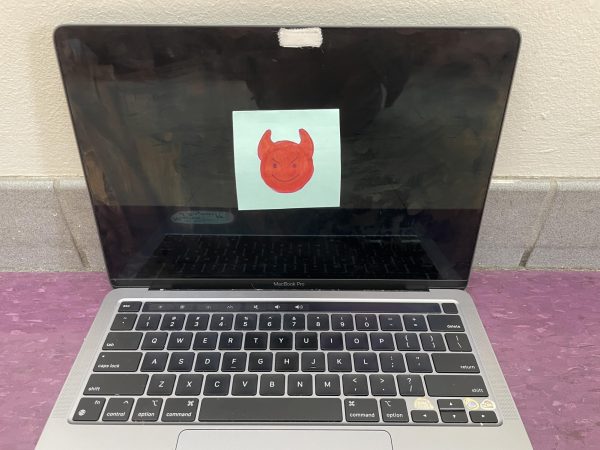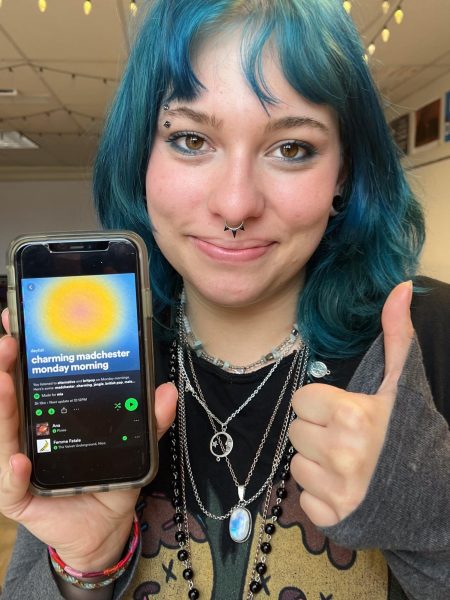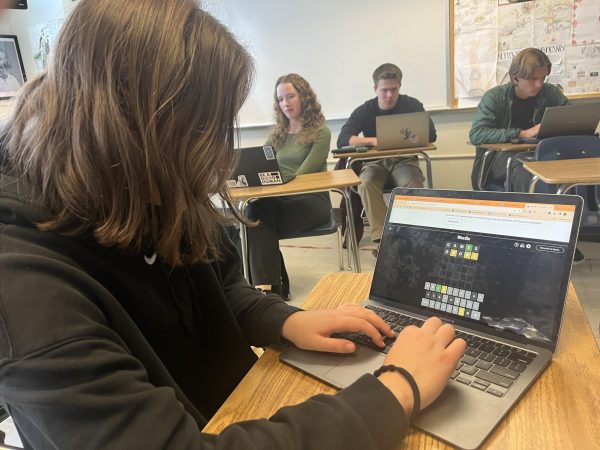A Place for Some (English)
A guest piece authored by William Ramirez Lopez.
Boulder High
“A place for everyone”- undoubtedly the biggest lie I have heard in my high school career.
Don’t get me wrong, there are several others that are up for the award, but for the one that sums up the lack of attention, experience and awareness of our educational system here in Boulder High School (Colorado) is this one.
The majority of our school is Caucasian with a whopping 69%, well over the state average of 53%. You would expect this discrepancy to make our school community more aware and supportive towards those feeling out of place, mistreated or in fear of lacking the knowledge to be in the same classes with that white majority. Though the Boulder high school has become the backyard of Latinos and people of color in Boulder, the numbers when it comes to graduation rates and students moving on to higher education are lacking. In this case the Boulder High motto “A place for everyone” isn’t quite fitting – though it’s a saying for the school to support diversity and change, the typical golden group of boys and girls who seem to run our school is made up of almost no Latino, African American, Asian American, Native American or Indian students. What’s worse is that this group is supposed to represent participants in those school activities such as student council, student advisory, “the student body” and sports.
The fact of the matter is that the majority of our school student and teacher body are white. Furthermore, it’s more than common that students who struggle in classes and activities at Boulder High who aren’t Caucasian either continue to struggle in those classes for the majority of their high school career, transfer or drop out. I personally have seen this happen far too regularly in my high school career. Teachers feel entitled to assume what the students are going through during the regular class day, calling them “unmotivated, lazy, not attentive, a distraction to others.” So they try and “redirect” them to a better path, aimed towards “learning.” Students are given detention, put on a watch list, and forced to be treated like inmates in a prison facility as if the school system doesn’t already feel that way. Yes, there are support groups and there are these meetings where these students face these teachers, but I have personally heard and seen those teachers supporting these groups comment harshly on students and parents alike. The quote “These parents don’t know anything and these kids are even worse, they don’t try and they don’t understand” is no exaggeration. Teachers talk like this (will not release the name of Teacher) because they can’t get through to the students. The reason that they do this is from lack of experience and lack of background knowledge: these white valley, suburban and whole family teachers assume that all people grow up like them, all students have had a well-established home and family, and that money is never a problem.,This is not the case!! If you know anything about our community in Boulder, you know that there is a sectioned and excluded part of the town, where the buildings aren’t 10 stories high and the apartments don’t have a one million dollar view, and where the people of color and less fortunate people of Boulder live. How many times can these teachers, can these students say that they have gone down to the east side of 28th street and haven’t forced themselves to look the other way or to not take the time to see that these people are being under-appreciated, undervalued and generally excluded when they are profiled as the “ghetto” side of Boulder. They aren’t mentioned or supported in community gatherings, meetings or in general projects that could destroy their living space and their families because the city doesn’t care for the un-wealthy or the families living paycheck by paycheck. This is where it all starts, from the choices of the city all the way down to the domino effect the students of color have to accept.
Here’s my proposition for this problem. I feel as though the lack of experience of our teachers and administrators in knowing the mental situation and background of our students is very low: teachers don’t know how to relate to our students of color. BVSD being one of the best school districts in the state, it does have great teachers who are very qualified for their jobs. But they themselves come from the same or similar backgrounds of the very white and suburban town that they teach in. They don’t have an issue with being given up on, lied to, felt out of place or felt unwanted because they themselves haven’t experienced it. I say that those same teachers choose to step in the shoes of those kids who don’t have the money, the clothing, the best family, that come from the east side of Boulder and that are constantly reminded in their classes that they aren’t wanted or appreciated as students. It’s because they aren’t — they’ve never heard “good job, well done, I hope you get a college degree” because, from the moment they step in those front doors with those statues above their heads looking down at them, they’re profiled as “another Mexican” or “another black kid.” We expect so much from our students when the decks are stacked against them, but we don’t expect our own teachers to be better when they’ve had the world given to them.
- 02/06/20: A previous version of this article was printed and posted with the term “colored people;” however, the editors of this paper have decided to replace this term with the preferred “people of color.” Historically, colored people was used during the Jim Crow era and thus, is seen as offensive while “people of color” is the currently used and acceptable terminology.








Manuela Ibarra • Feb 5, 2020 at 9:57 am
Is there a way you can translate this article to Spanish?
Thank you.
Jac McCarty • Feb 18, 2020 at 1:17 pm
Thank you for your suggestion! The translated article can be found here.